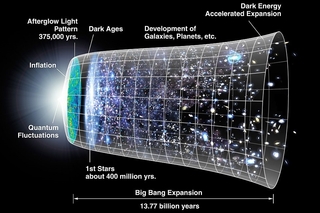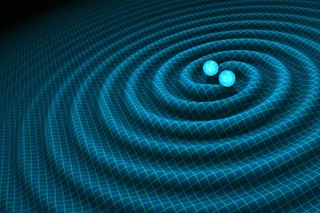The science of studying the invisible universe focuses on understanding the vast and elusive phenomena beyond the reach of traditional human perception. While we rely on visible light to observe the cosmos, much of the universe emits radiation that is invisible to the naked eye, such as radio waves, X-rays, gamma rays, and gravitational waves. Scientists use specialized instruments, like radio telescopes, space observatories, and detectors for high-energy particles, to study these invisible signals. This approach reveals hidden aspects of the universe, such as black holes, dark matter, and cosmic events that occur in wavelengths outside the visible spectrum. By studying these invisible signals, astrophysicists can uncover more about the fundamental laws of physics, the structure of the universe, and the processes governing the formation and evolution of celestial bodies.











